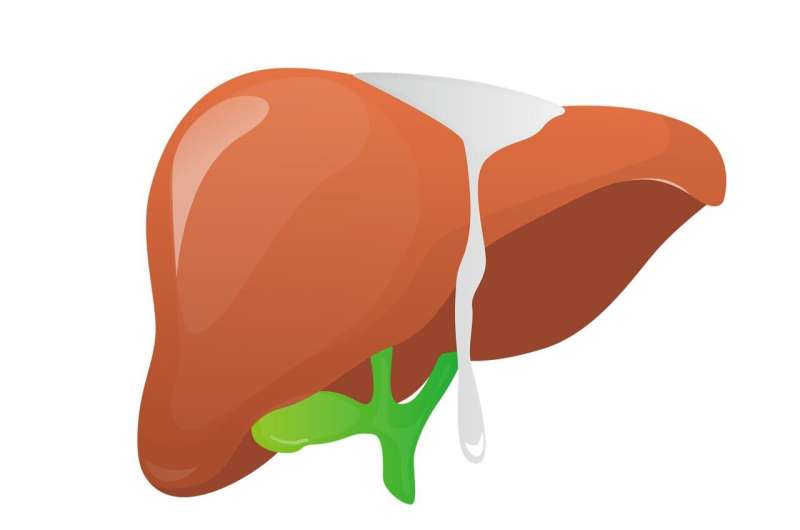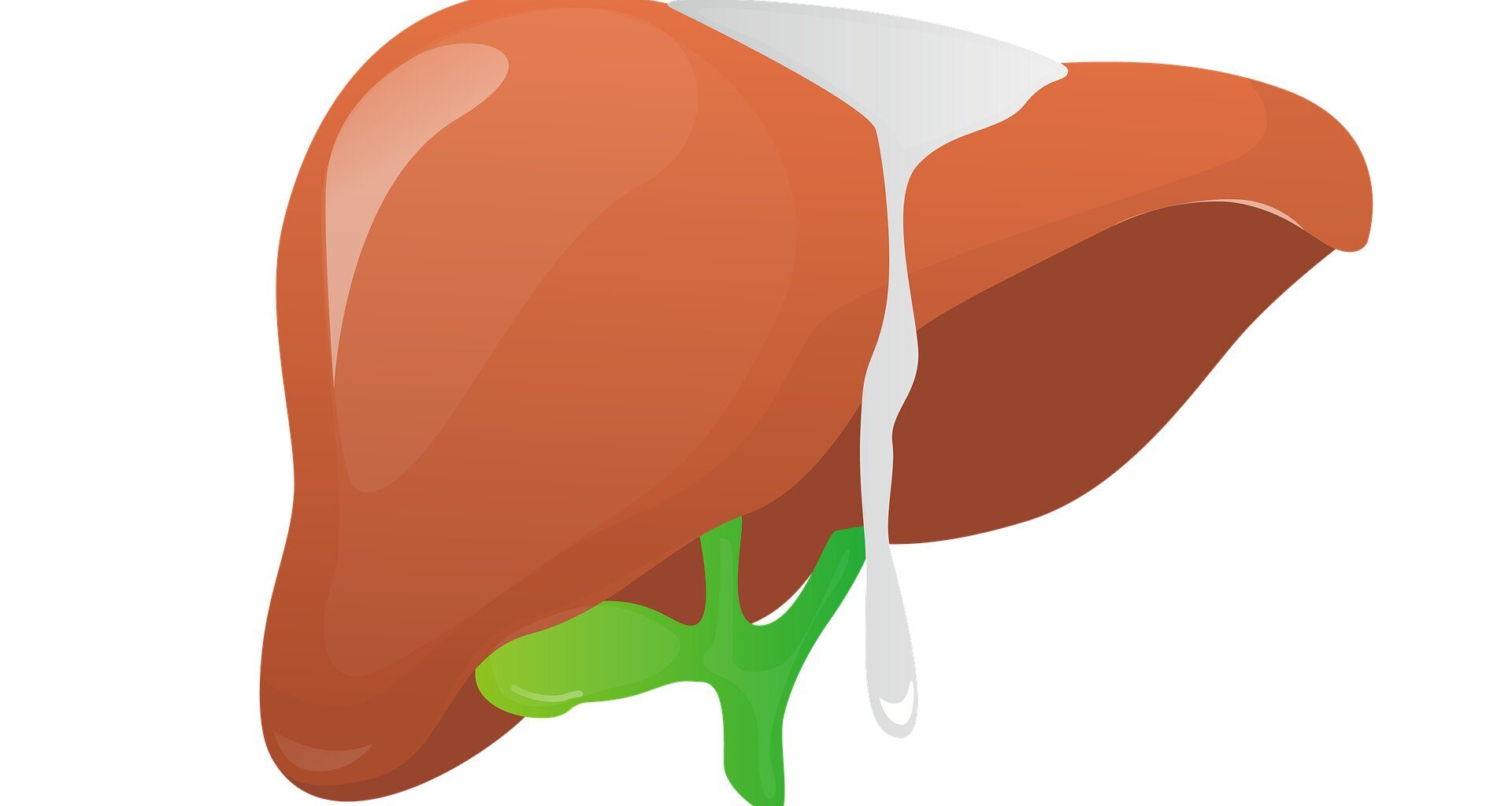
Credit: Pixabay/CC0 Public Domain
Approximately 30% of the global population is affected by metabolic-associated fatty liver disease (MASLD), a condition that previously lacked targeted treatments. Researchers have now identified a genetic factor that exacerbates the disease, and remarkably, the FDA-approved drug that most effectively targets this factor is vitamin B3.
A collaborative research team led by Professor Jang Hyun Choi from the Department of Life Sciences at UNIST, in partnership with Professor Hwayoung Yun from the College of Pharmacy and Research Institute for Drug Development at Pusan National University (PNU), and Professor Neung Hwa Park from Ulsan University Hospital (UUH), has elucidated the role of microRNA-93 (miR-93), which is expressed in the liver, as a key genetic regulator in the development and progression of MASLD.
The paper is published in the journal Metabolism.
MiR-93 is a specialized RNA molecule expressed in hepatocytes that functions to suppress the expression of specific target genes. The team observed abnormally elevated levels of miR-93 in both patients with fatty liver disease and animal models. Through molecular analysis, they demonstrated that miR-93 promotes lipid accumulation, inflammation, and fibrosis by inhibiting the expression of SIRT1, a gene involved in lipid metabolism within liver cells.
In experiments using gene-editing techniques to eliminate miR-93 production in mice, researchers observed a marked reduction in hepatic fat accumulation, along with significant improvements in insulin sensitivity and liver function indicators. Conversely, mice with overexpressed miR-93 exhibited worsened hepatic metabolic function.
Furthermore, screening of 150 FDA-approved drugs revealed that niacin (vitamin B3) most effectively suppresses miR-93. Mice treated with niacin showed a significant decrease in hepatic miR-93 levels and a notable increase in SIRT1 activity. The activated SIRT1 restored disrupted lipid metabolism pathways, thereby normalizing liver lipid homeostasis.
The research team explained, “This study precisely elucidates the molecular origin of MASLD and demonstrates the potential for repurposing an already approved vitamin compound to modulate this pathway, which has high translational clinical relevance. Given that niacin is a well-established and safe medication used to treat hyperlipidemia, it holds promise as a candidate for combination therapies targeting miRNA pathways in MASLD.”
More information:
Yo Han Lee et al, Hepatic miR-93 promotes the pathogenesis of metabolic dysfunction-associated steatotic liver disease by suppressing SIRT1, Metabolism (2025). DOI: 10.1016/j.metabol.2025.156266
Provided by
Ulsan National Institute of Science and Technology
Citation:
New genetic factor identified in worsening of MASLD, with vitamin B3 as the most effective therapeutic agent (2025, May 16)
retrieved 16 May 2025
from https://medicalxpress.com/news/2025-05-genetic-factor-worsening-masld-vitamin.html
This document is subject to copyright. Apart from any fair dealing for the purpose of private study or research, no
part may be reproduced without the written permission. The content is provided for information purposes only.
